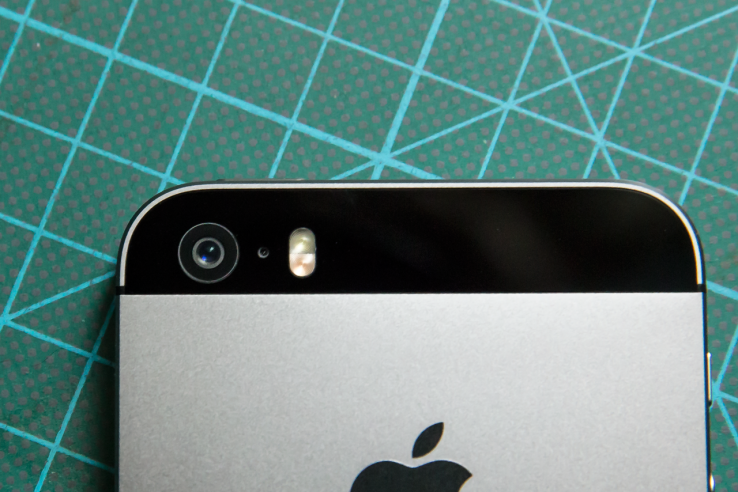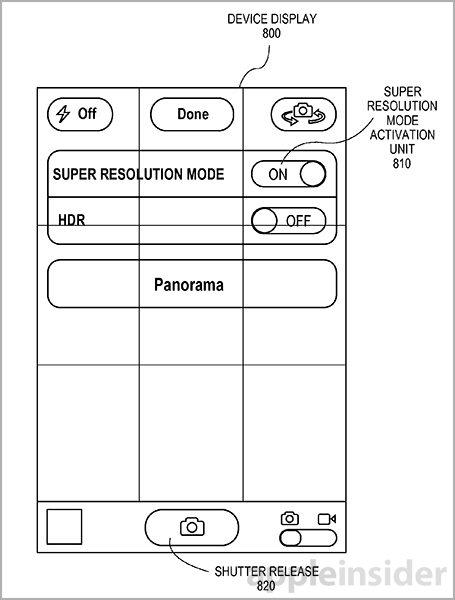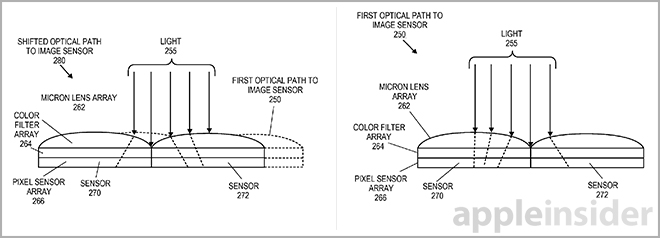Apple To Make Future iPhone Camera Better Without Adding A Single Megapixel
Apple has found a way to offer iPhone users a super-resolution camera mode without actually needing to increase megapixel count in future iPhone versions.
Apple has been working on a new technology that significantly boosts picture resolution without the need for more megapixels
According to a patent application published by the U.S. Patent and Trademark Office on Thursday covering "Super-resolution based on optical image stabilization," Apple is testing out alternative and unique uses for existing OIS tech, a much different path than rival smartphone makers.
This could allow future devices to boost image resolution considerably by stitching together multiple exposures for each picture.
appleinsider.comWhat this Apple patent means to you is that one of your future iPhones will be enabled to rapidly take a series of images at a range of slightly offset angles
In very basic terms, the invention uses an optical image stabilization (OIS) system to take a batch of photos in rapid succession, each at a slightly offset angle
Image via appleinsider.comThe invention uses a camera with an optical image stabilization module that can take multiple images with each subsequent capture offset by a small amount. These lower resolution images are then intelligently stitched together by a dedicated image processor to create a resulting high-resolution photograph.
The optical image stabilization part of the equation will help ensure the captured images are in perfect focus. The result will be more accurately rendered images at higher resolution without adding megapixels.
iPhone users will have the choice to switch between the standard camera mode and the super-resolution mode
When the shutter is activated, either by a physical or on-screen button, the system fires off a burst of shots much like iOS 7's burst mode as supported by the iPhone 5s. While taking the successive image samples, a highly precise actuator tilts the camera module in sub-pixel shifts along the optical path — across the horizon plane or picture plane.
appleinsider.comIn some embodiments, multiple actuators can be dedicated to shift both pitch and yaw simultaneously. Alternatively, the OIS systems can translate lens elements above the imaging module.
Because the OIS processor is calibrated to control the actuator in known sub-pixel shifts, the resulting samples can be interpolated and remapped to a high resolution grid. The process is supported by a positioning sensor that can indicate tilt angle, further enhancing accuracy.
appleinsider.comConsidered a low-resolution sample, each successive shot is transferred to a super-resolution engine that combines all photo data to create a densely sampled image. Certain embodiments allow for the lower resolution samples to be projected onto a high-resolution grid, while others call for interpolation onto a sub-pixel grid.
Finally, the super-resolution engine can apply additional techniques like gamma correction, anti-aliasing and other color processing methods to form a final image. As an added bonus, the OIS system can also be tasked for actual stabilization duties while the super-resolution mechanism is operating.
appleinsider.comIt is not known if Apple has any near-future plans to use this technology in its iPhones and iPads
Although, it should be noted that the “Super-Resolution Based on Optical Image Stabilization” patent appears to confirm a rumor reported by Taiwan’s China Post earlier this year.
According to unnamed Nomura Securities analysts cited by the China Post, Apple will concentrate on “improved optical image stabilization” technology for the iPhone 6, rather than increasing the pixel count, in order to maintain the device’s slim design.
appleinsider.com



